Features of growing alissum
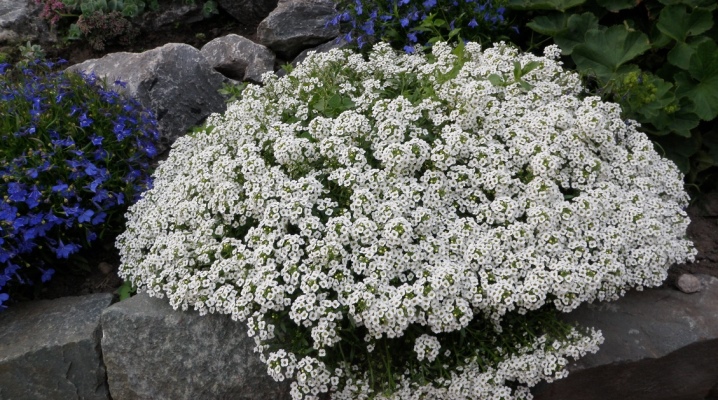
Alyssum is a rather beautiful plant and is often used in gardening gardens. The popularity of the flower among summer residents and landscape designers is due to the good survival rate of seedlings, ease of reproduction and undemanding care.
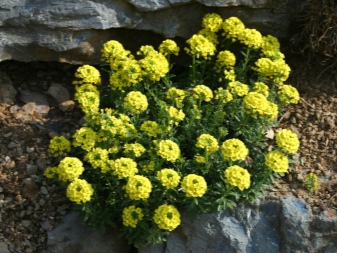
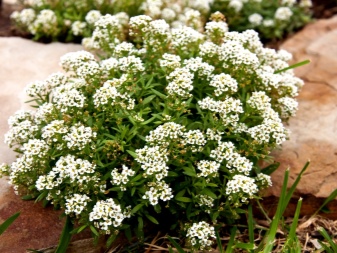
Description
Alyssum, also known as beetroot, belongs to the cabbage family. The genus consists of 207 species, of which more than 40 grow on the territory of the former Soviet Union. In the wild, the plant is found in North Africa, Europe and Asia, where it chooses open sunny and often rocky areas and mountain slopes. According to some sources, the flower owes its official name to the ability of some species to cure canine rabies.
It is assumed that the term Alyssum came to Latin from the Greek language, and consists of the prefix "a", which translates as negation, and the stem lyssa, meaning "rabies of dogs"... However, there is no reliable information, and even more so laboratory confirmed studies confirming the effect of a flower on this serious disease.
In the modern world, the plant is often used exclusively for decorative purposes, it is characterized by a pleasant persistent aroma and beautiful flowers.
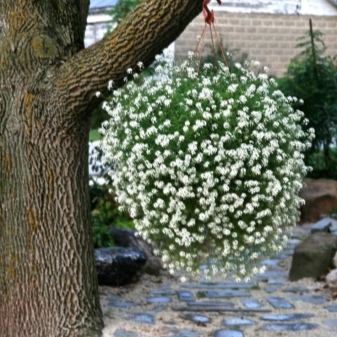

Burachok includes both perennial and annual species, representing a low-growing bush with semi-lignified shoots 15-40 cm high. Its stems are covered with medium-sized oblong-lanceolate or obovate leaves with a slight edge, giving them a gray tint. Inflorescences are brush-shaped and consist of 4-petal small flowers of white, yellow, red, pink, lilac or even purple with a persistent honey aroma.
Perennial varieties of alyssum begin to bloom in late May and end in September-October. Annuals bloom much less time, but they are highly resistant to low temperatures. Alyssum fruits are presented in the form of pods with seeds that remain viable for 3 years. They are 25% composed of fatty oils containing linolenic, stearic, arachidic, behenic, oleic, eicosenic and palmitic acids.

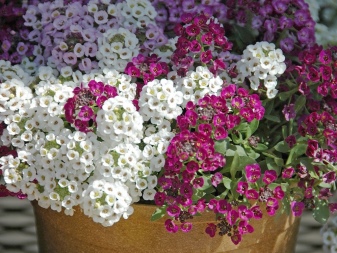
In alternative medicine, beetroot is used as a laxative and diuretic, as well as as a cosmetic drug for freckles and pigmentation. In Siberia and Altai, some types of hernia are treated with a plant, and its decoction is drunk for colds and urolithiasis. In landscaping, shrubs are used as a border decoration for other species, and they also fill in empty areas formed after the flowering of early-flowering bulbs. Besides, alyssum is very often grown in flowerpots, decorating balconies and summer terraces with it.
How to plant?
Borage belongs to the category of unpretentious plants and is well suited for beginners. In order for the plant to develop correctly and bloom on time, it is necessary to follow the landing rules, taking into account a number of important points.
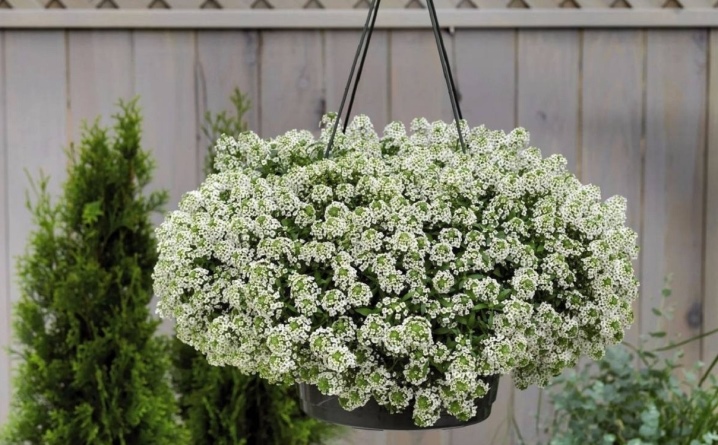
Optimal timing
The timing of planting alyssum depends on the climatic conditions of the area and the method of planting the flower. In the northern regions, beetroot should be planted in open ground exclusively in a seedling method, and this should be done not earlier than the end of May, after the threat of return frosts has completely passed. Seeds for seedlings can be sown in March, since two months will be enough for them to germinate and get stronger.
In the southern regions, they do not deal with seedlings, planting beetroot in open ground with seeds.
When choosing the timing of sowing, it should be remembered that it takes about one and a half months from the moment of their germination to the first flowering. That's why when planting seeds in early May, provided that the thermometer does not drop below +10 degrees, alyssum bloom can be expected by mid-June... Moreover, perennial plants begin to bloom in mid-May. Autumn planting of alissum seeds is also allowed, which is carried out "before winter" - in mid-November. The advantage of this method is the possibility of the seeds passing through the natural process of stratification, which makes it possible to obtain powerful spring shoots.
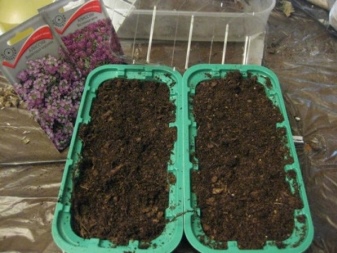
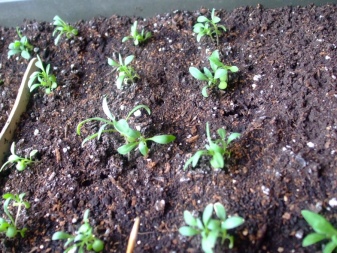
Seat selection
Alyssum loves sunny places, without stagnant water and close occurrence of groundwater. The soil in the flowerbed should be rich in humus, have neutral acidity and good drainage. However, experienced gardeners claim that alissum grows well on slightly alkaline as well as slightly acidic soils, where it blooms in time and does not suffer from a slight shift in acidity in one direction or another. The flower is often planted in rock gardens, placing it in sunny areas between stones.
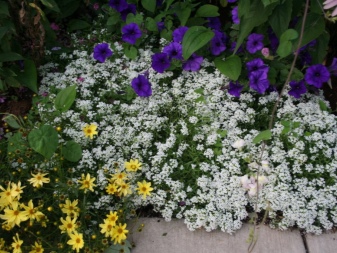
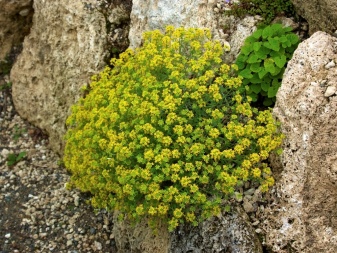
Fundamental rules
Alyssum can be grown in two ways - by seedlings and with the help of seeds.
Seedless way
Spring sowing of beetroot seeds in open ground is carried out after the soil warms up to +10 degrees Celsius, and the threat of night frosts has completely passed. The seeds are buried 1.5 cm in the soil and gently watered with warm water. In the future, the planting is moistened as needed, and after the emergence of friendly seedlings, thin out. When planting seeds in spring, it should be borne in mind that the flowering of alyssum will be belated.
If the seeds are sown in the fall, then the seedlings are distinguished by good germination and bloom much earlier than spring ones.
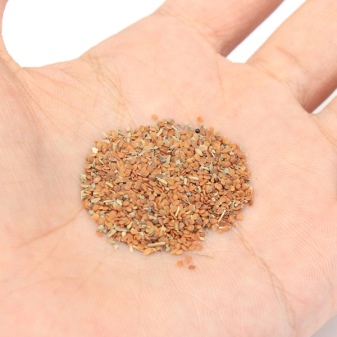
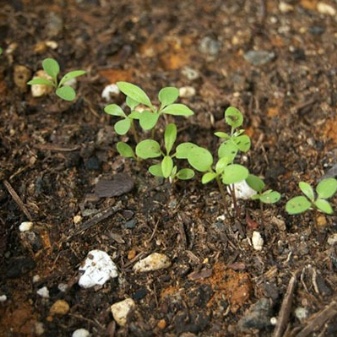
Seedling method
Sowing seeds for seedlings begins in mid-March, using seedling boxes filled with nutrient mixture. The acidity level of the soil should be in the range of 5.5-6.2 pH, and its structure should be light and breathable. Alissum seeds are evenly distributed over the surface of the soil, slightly pressed and sprinkled on top with a thin layer of the same soil mixture. Then the planting is sprayed from a spray bottle, covered with film or glass and removed to a warm, bright place. The room temperature should not drop below + 10 ... 15 degrees, otherwise the seeds will germinate for a very long time.
Every day, the film or glass is removed, airing the landing. Moistening is carried out as needed, preventing the soil from drying out. If everything is done correctly, then the first shoots of beetroot will appear in a week. After the first leaf of the sprouts grows, they are fed with complex fertilizer and the film is removed. Next, they wait for the appearance of the 2nd and 3rd leaves, after which the seedlings dive into separate containers. In early or mid-May, depending on weather conditions, seedlings are transplanted into open ground at a distance of 30-40 cm from each other and transferred to a general care regimen.
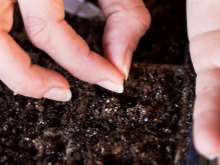
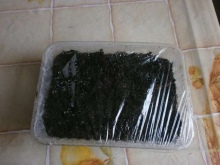
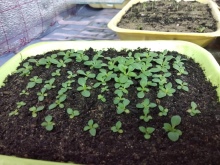
Correct care
Cultivation of beetroot is a very simple event and is within the power of novice gardeners. For this it is necessary to follow simple rules of agricultural technology, including watering, fertilizing, pruning and preparing for the winter.
Watering
Alyssum should be moistened abundantly and regularly, otherwise it may shed flowers. but to observe this irrigation regime is necessary only with a good drainage system and high water permeability of the earth... Otherwise, the water will stagnate in the root zone and cause rotting of the roots. It is possible to determine the need for watering in a simple way: for this, the earth under the bush is dug to a depth of 4 cm, and when this layer of soil is dry, watering is carried out.
Then the soil is gently loosened and weeds are removed... To better retain moisture in the root zone of alyssum, the peri-stem circle is mulched with straw, peat, sawdust or needles. Mulching allows you to reduce the number of weeding, but you still have to loosen the soil, since this procedure increases the permeability of the soil.
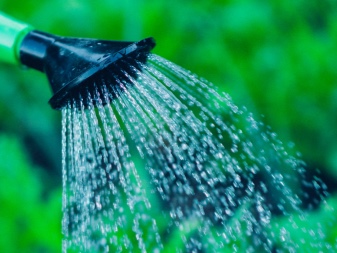
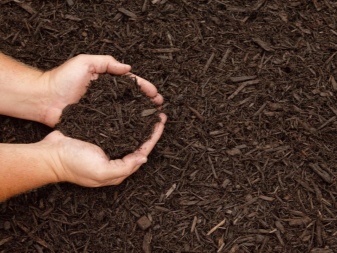
Fertilizer
Alyssum is an unassuming species and needs minimal feeding. The first of them is produced in the spring, by introducing nitrogen-containing preparations into the soil, contributing to the rapid accumulation of green mass. To do this, take 1 tbsp. l. urea and soluble fertilizer "Agricola-7", diluted in 10 liters of water and watered the bush. The second groundbait of the beetroot is carried out immediately before the beginning of flowering, adding complex mineral fertilizers to the soil. Annuals are fed a little more often - about 4 times per season, using any fertilizer for flowering plants.
Moreover, the first feeding is performed immediately before the flowering of the bush.
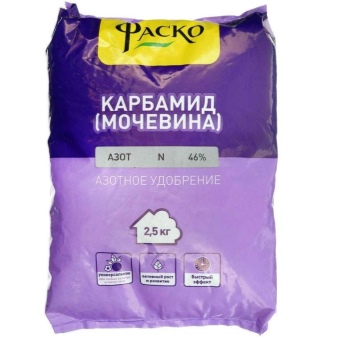
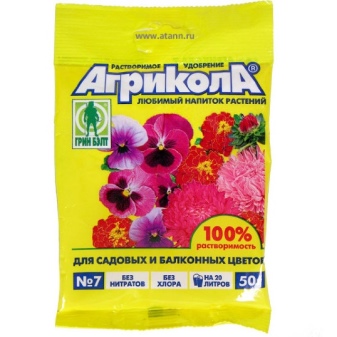
Pruning
Perennial alissum species need regular pruning. To do this, in the spring, before the start of sap flow, diseased and damaged branches, as well as last year's peduncles, are removed from the bushes. This allows the plant not to waste its energy on feeding unpromising shoots and direct them to the formation of dense greenery and lush flowering. After the plant has faded, the branches are shortened by 5-8 cm, thus provoking the re-flowering of the bush. However, pruning performs not only a sanitary function: over the summer, alyssum grows strongly and rather unevenly, and uncut bushes look very unkempt.
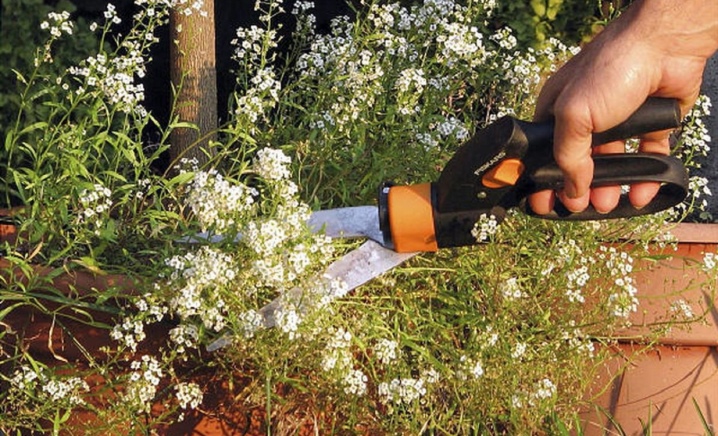
Wintering
The cultivation of perennial beetroot species is justified only in those regions where winter air temperatures do not drop below -15 degrees Celsius. The beetroot cannot stand lower temperatures and inevitably dies. For to help the bush survive the cold, in late autumn it is covered with dry foliage, and after the snow falls, a thick snow cap is thrown on top... In the conditions of not too cold winters, the alissum covered in this way is able to preserve green leaves on the bush during the winter. After the snow melts, the bush is freed from the foliage and proceeds to pruning.
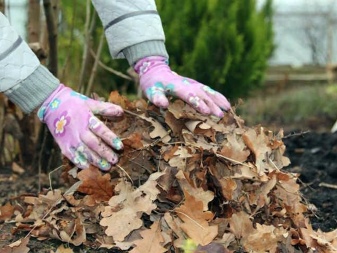
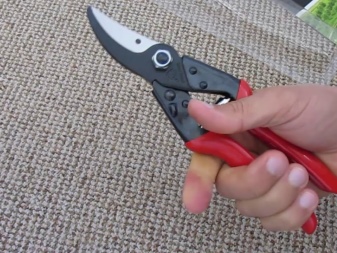
Reproduction methods
Alyssum reproduces in several ways: using seeds, cuttings and dividing the bush.
Seed method
It is very simple to grow alissum from seeds, for this you need to correctly collect the seed material and follow the simple sowing rules. Seeds are harvested as they ripen, which usually occurs in late September or early October, depending on the climate. For in order to collect them correctly, a newspaper or a clean piece of cloth is spread under the bush, after which the beetroot inflorescences are carefully rubbed over it. Then coarse debris is removed, and the seeds are placed in a dry place to dry.
After they dry well, they are laid out in cloth bags and put away in a cool dry room until spring or before the November planting "before winter". The rules for spring and autumn sowing of seeds were discussed in detail above.
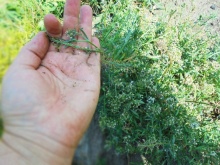
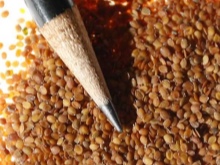
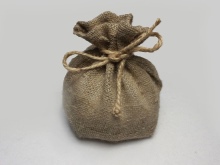
Perennial varieties of alyssum can reproduce by self-seeding.
In cases of uncontrolled reproduction of the plant, it is necessary to monitor the density of the undergrowth and thin out the planting in time.
Cuttings
This method of breeding beetroot is relevant for rocky and mountain perennial species. In early August, a semi-lignified shoot is cut off from a healthy shoot, planted in a container with a fertile mixture, sprayed with warm water and covered with a glass jar. The planting is placed in a bright, warm place and they are waiting for the rooting of the cutting, not forgetting to regularly moisten the soil and ventilate the planting. Rooting usually takes place in September, which can be determined by the appearance of new leaves. After that, the young plant can be transplanted to a permanent place where it will gain strength before wintering.However, it is worth noting that this method does not always work, at the same time it requires certain labor costs in comparison with the seed method.
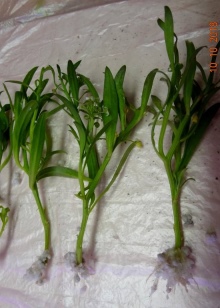
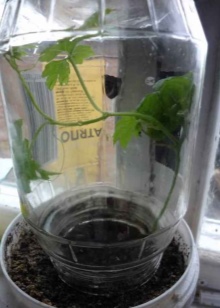
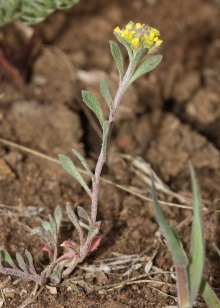
Dividing the bush
Alyssum bushes quickly grow in breadth, which is very convenient for this breeding method. The plant is carefully dug out of the ground, the root is divided into 2-3 parts with a sharp knife, the cut points are treated with charcoal, and the cuttings are seated in permanent places. It is advisable to do this in early autumn, after the plant has faded.
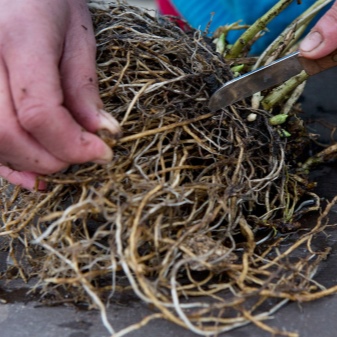
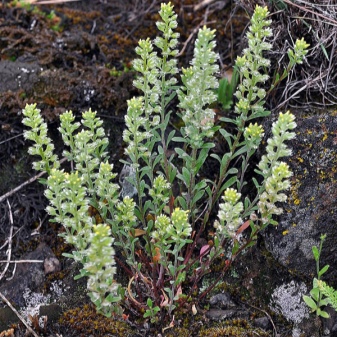
Diseases and pests
Despite the unpretentiousness and resistance of the genus to various diseases, alyssum is still susceptible to some of them. Below are the most common diseases of the beetroot, the signs of their manifestation and possible treatments.
- Late blight, also known as brown rot, is characterized by numerous gray-brown spots on the leaves, which are the result of a fungal infection. The infection affects the roots of the plant, so the fight against the disease should be started as soon as possible after the first signs are detected. The treatment of the bush consists in its treatment with copper oxychloride and strong fungicides - "Ordan", "Thanos" and "Kuproksat".
- Powdery mildew It is also a fungal disease that manifests itself on leaves, stems and even flowers. The affected parts of the plant are covered with a white powdery coating, which is difficult to confuse with anything else. Treat the disease with Bordeaux liquid or Topaz, treating the ground parts of the bush with them.
- Peronosporosis, or downy mildew, is characterized by the appearance of small red-brown or light purple spots on the foliage. Treatment includes treating the ground part of the plant with drugs such as Oxyhom, Ordan and Bordeaux liquid.
- Viral mosaic characterized by the appearance of mosaic spots that quickly spread through the bush and cause its death.
It is almost impossible to cure a plant from this ailment, so the best option would be to completely destroy the infected bushes and recultivate the soil.
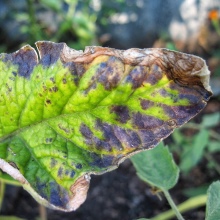


Pests also do not bypass alyssum and love to feast on its juicy leaves.
- The greatest harm to the plant is caused by cruciferous flea, which is black, with a greenish tinge of bugs. They gnaw the leaves to the skeleton, causing irreparable harm to the decorative properties of the bush. I use insecticides such as Actellik and Karate as a means of controlling flea beetles. Good results are obtained by treating the ground part of the bush with a solution of acetic acid. To do this, 1 tablespoon of 70% essence is diluted in 10 liters of water and sprayed on the bushes. However, this recipe is only suitable for adult and strong plants - it is strictly forbidden to spray young growth with a vinegar solution.
- Cabbage moth affects the leaves of alyssum, causing them to dry out and retarding the growth of the plant. As a means of fighting insects, "Entobacterin" and "Lepidocide" are used.
- Caterpillars also cause significant harm to the green mass of alyssum. To combat them, homemade products are used, for example, chamomile or soap-tobacco solution, which is sprayed on the ground part of the plants.
- Mealybug covers the plant with a white bloom and spoils its appearance very much. Such means as "Aktellik", "Confidor", "Aktara" and "Fitoverm" will help to cope with the pest.
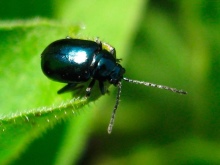
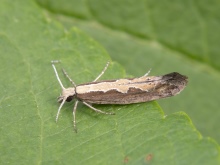
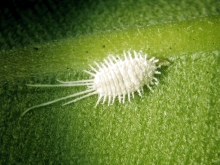
For more information on alissum, see the next video.




































































































It is simply unrealistic to remove moths from alissum ...
The comment was sent successfully.